Publications
Ruchi has published in top tier academic journals and reputable media and practitioners outlets, including…

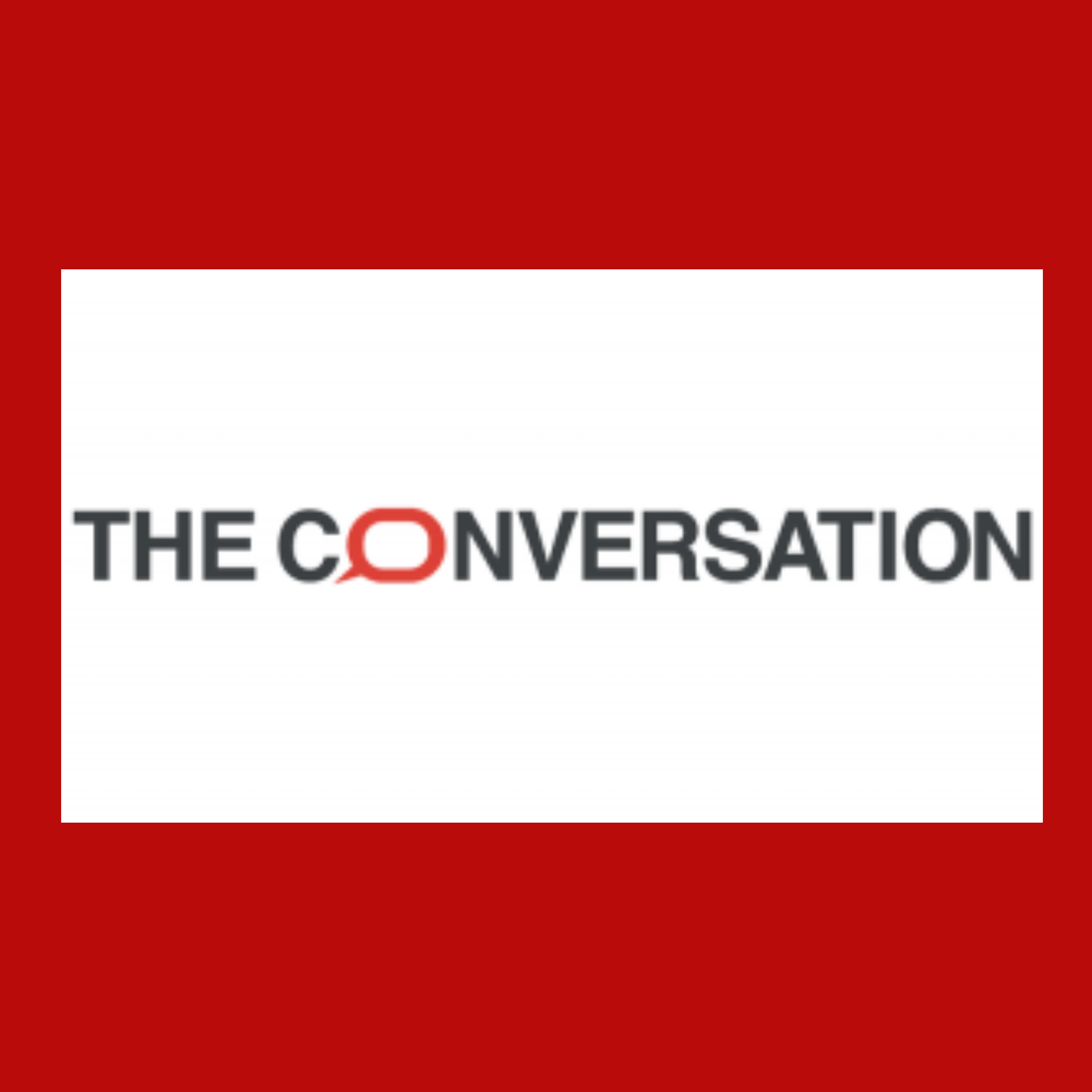
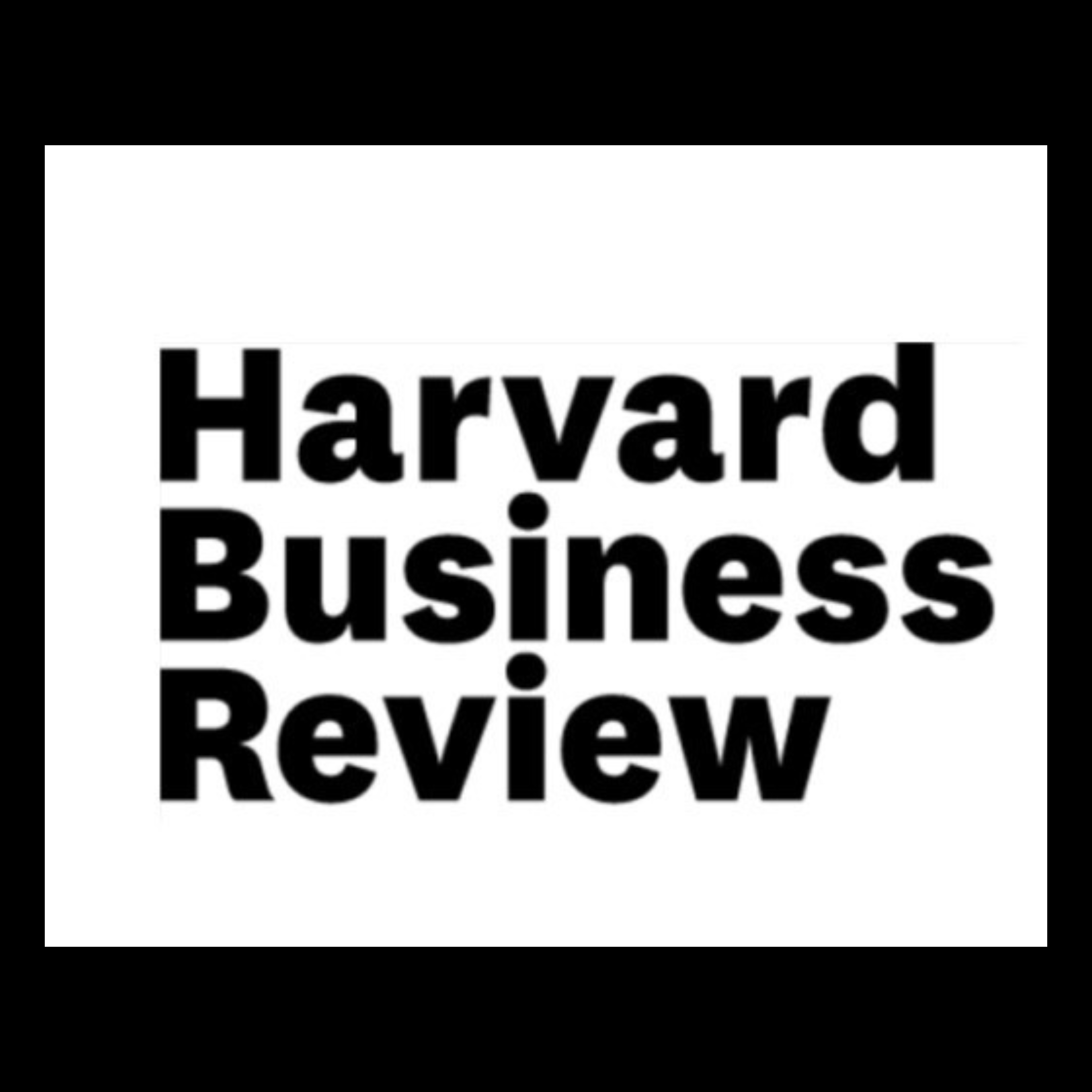

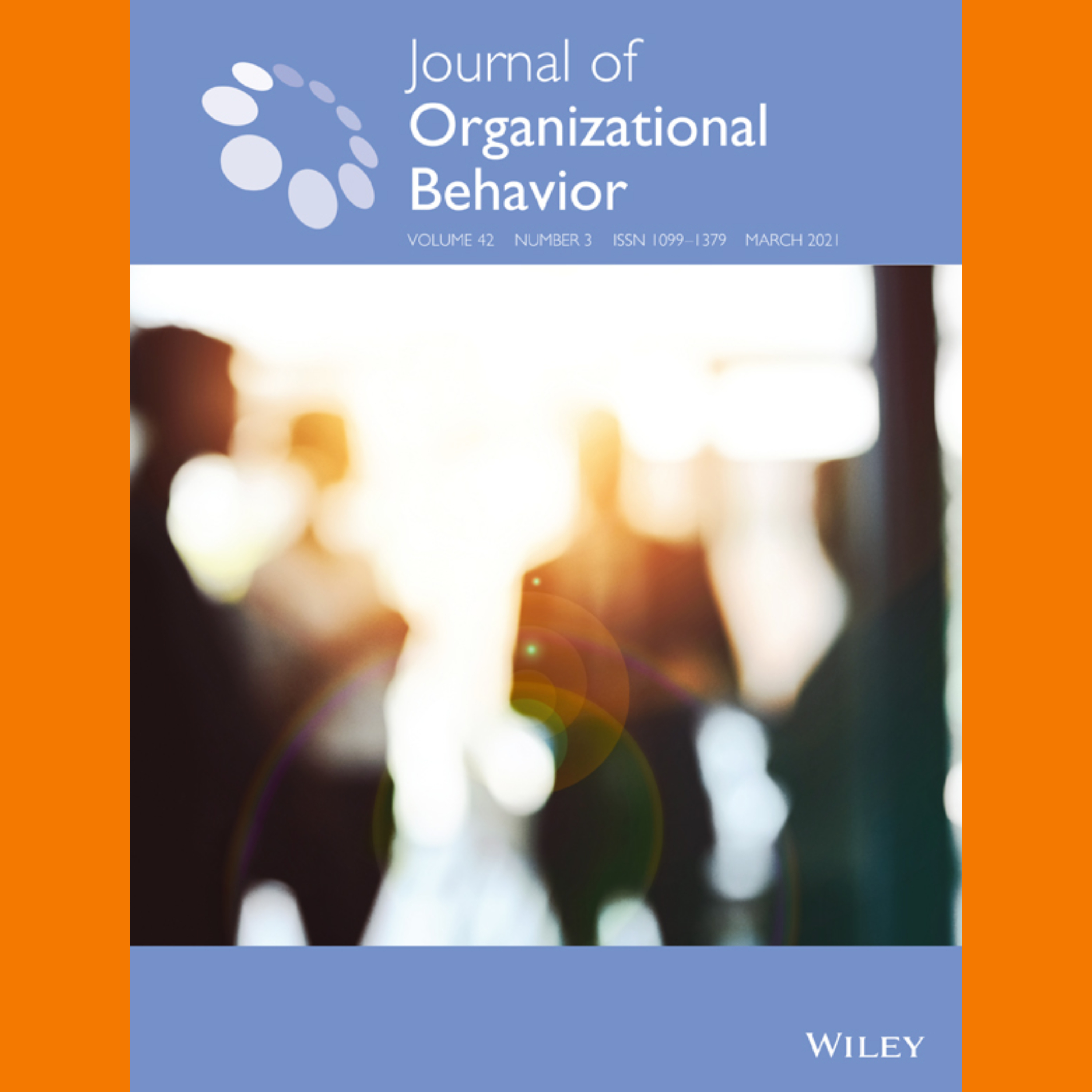
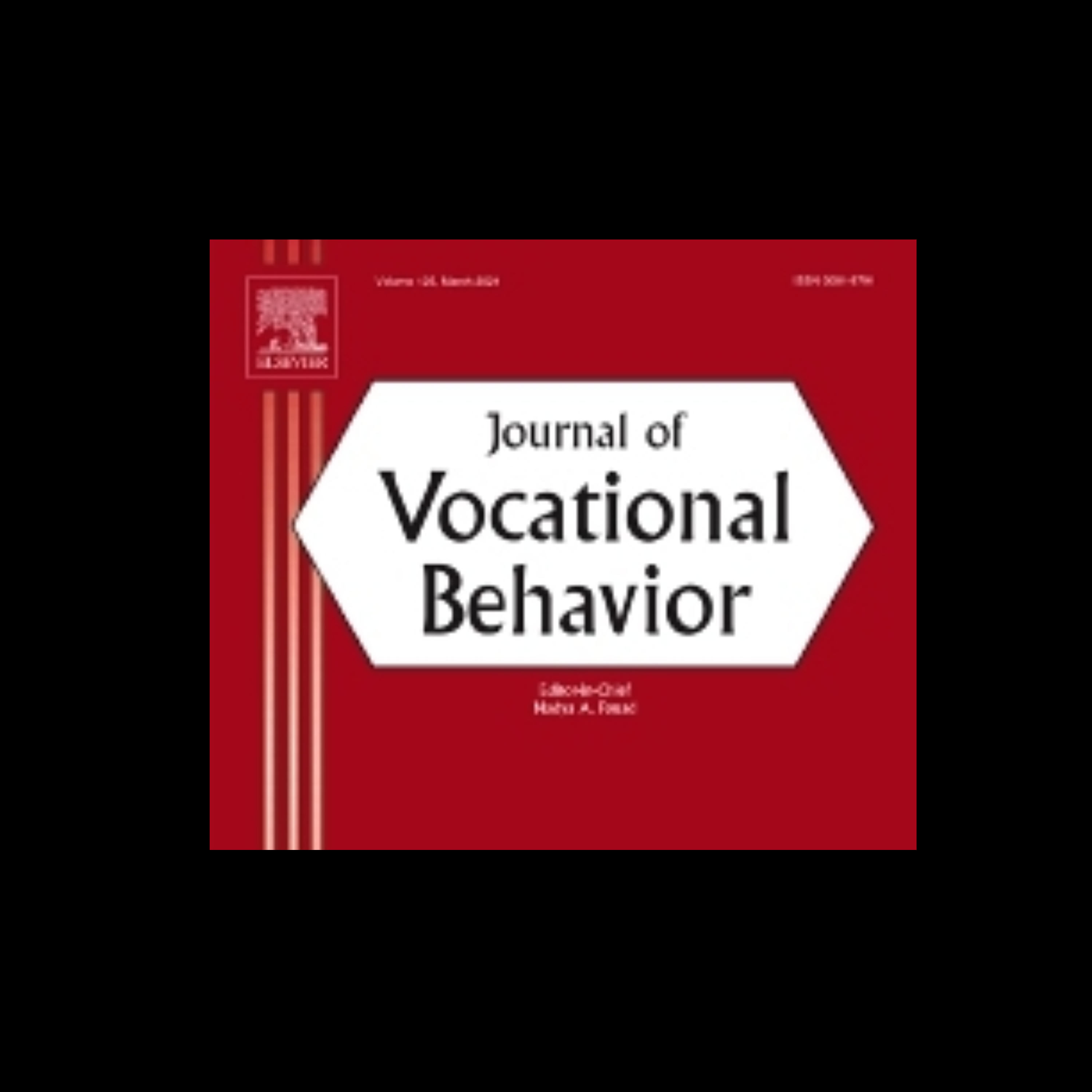
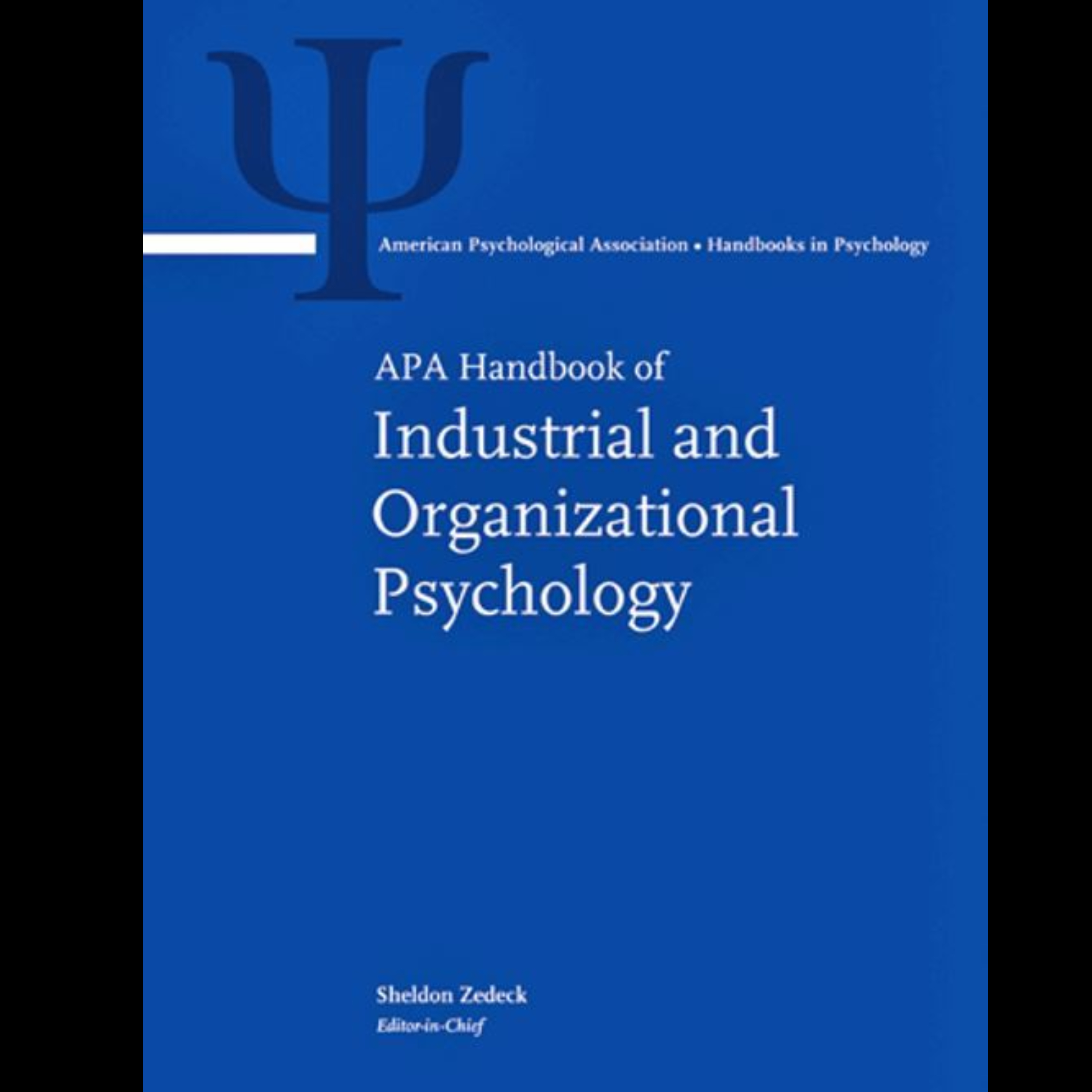
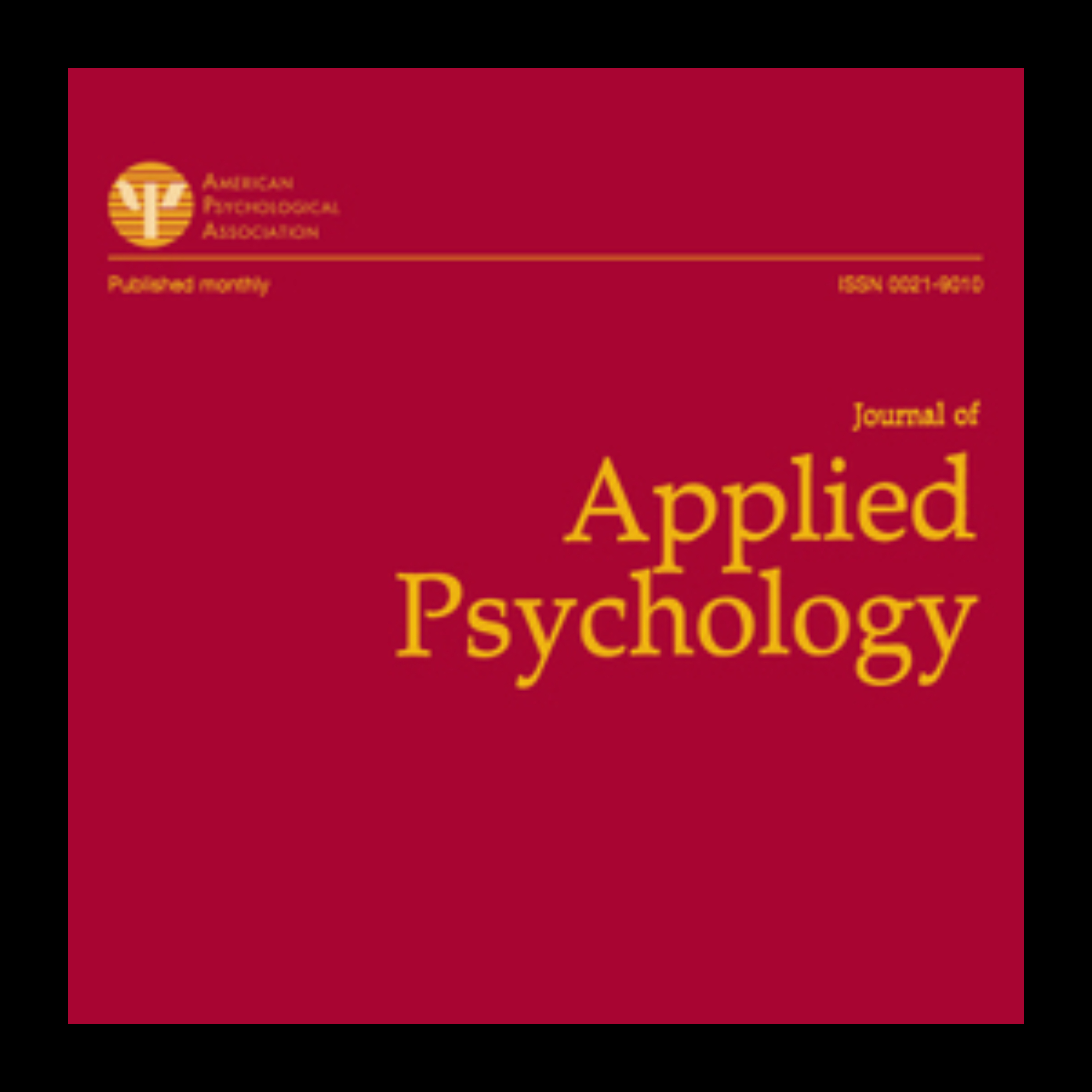
Negotiation Effectiveness
Top 3 challenges women face in negotiations and how to overcome them
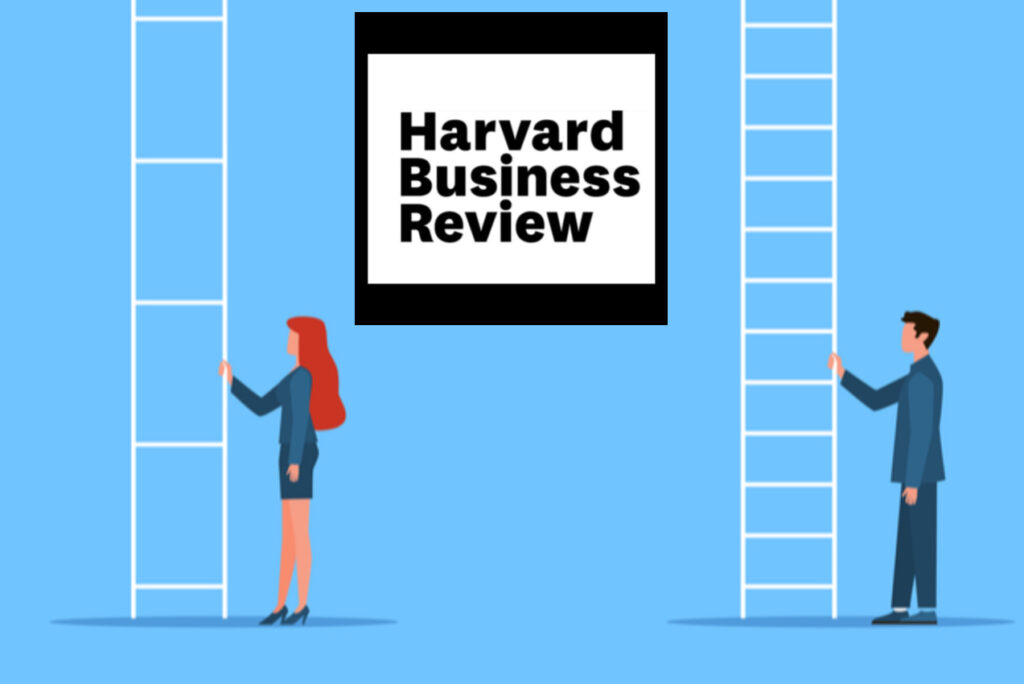
Tips for women to manage negotiation challenges such as:
1. Balancing assertiveness with niceness
2. Managing emotions in the face of NO
3. Overcoming resistance and building resilience to renegotiate.
Original Research Paper linked to this work: How to create women-focused negotiation skill training? A gendered solution to a gendered problem.
How expressing emotions impacts negotiation effectiveness

The article summarizes empirical data from 64 published studies and discusses the role of negative and positive emotions on trust, concession behaviours, and negotiation effectiveness. The findings suggest that, generally, negotiators expressing negative emotions will increase counterparts’ concession-making, which presumably enables them to claim more individual value. However, expressing negative emotions diminishes trust and other relationship satisfaction outcomes. Your emotions in negotiations indicate to the other where your limits lie, how tough you are on your aspirations and whether you are trustworthy.
How to Negotiate Remote and Flexible Work Arrangements with Your Boss
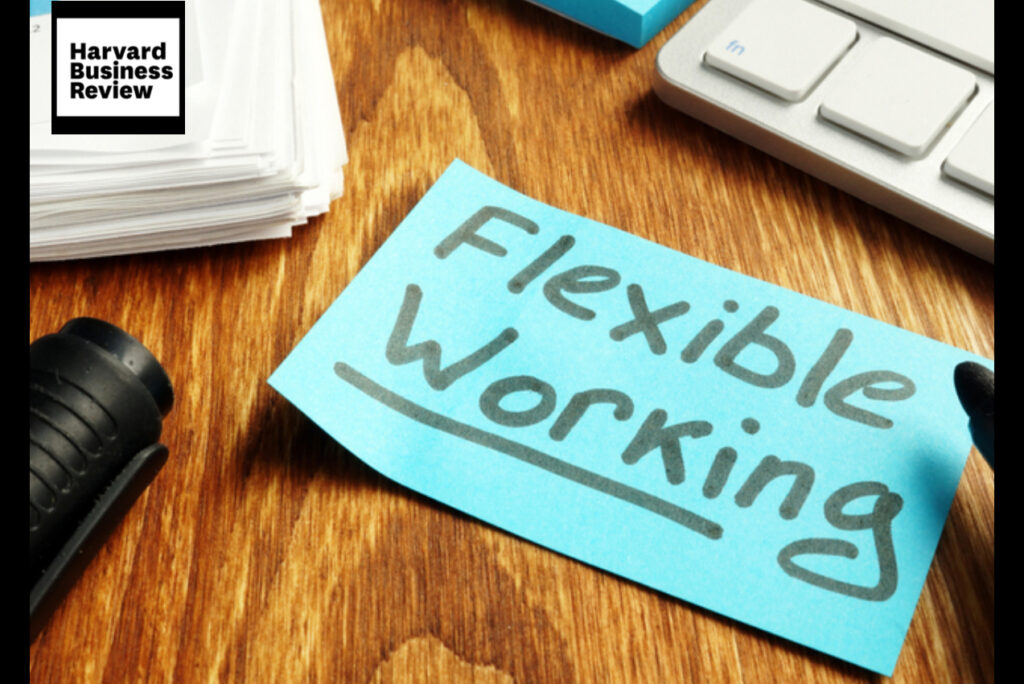
This article discussed how workers can negotiate flexible work arrangements once COVID restrictions are lifted, and people return to work. We offer advice on negotiating flexibility with your boss by understanding the policies (or lack of) around flexibility in your workplace, how you and your team members’ roles should be considered, and how to show your boss that it works for you the company.
Managing Flexibility and Work-Life Balance
Know Your Workplace Rights when it comes to flexibility
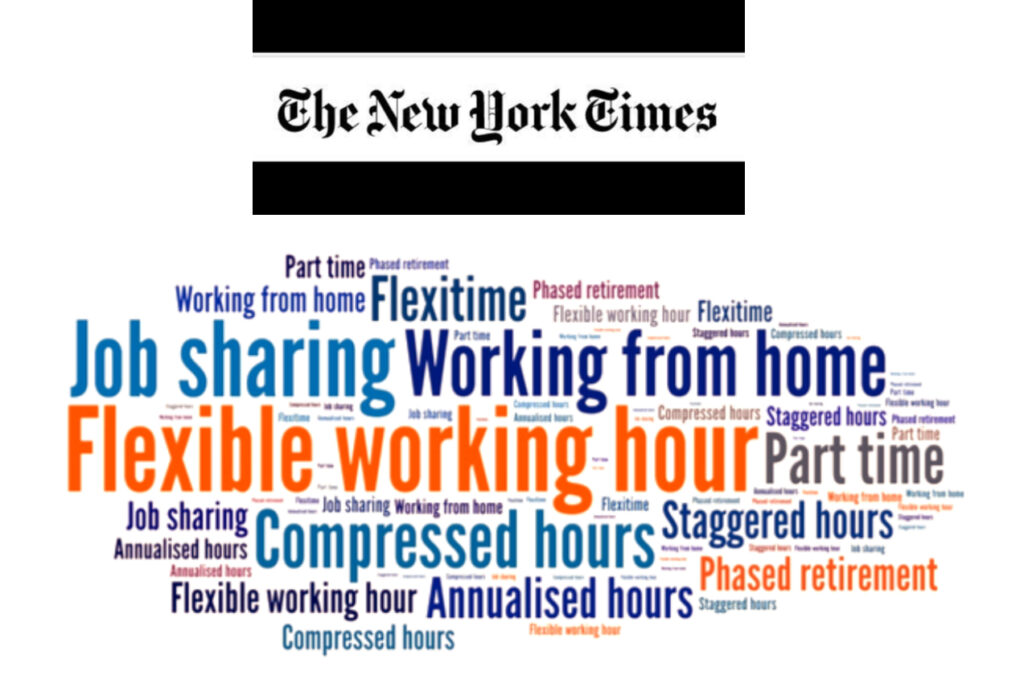
In this NY times article, Ruchi is quoted as an expert where she provides ways in which employees can ask for flexible work and make a better case in those negotiations
Three ways working from home could be good or bad for your health
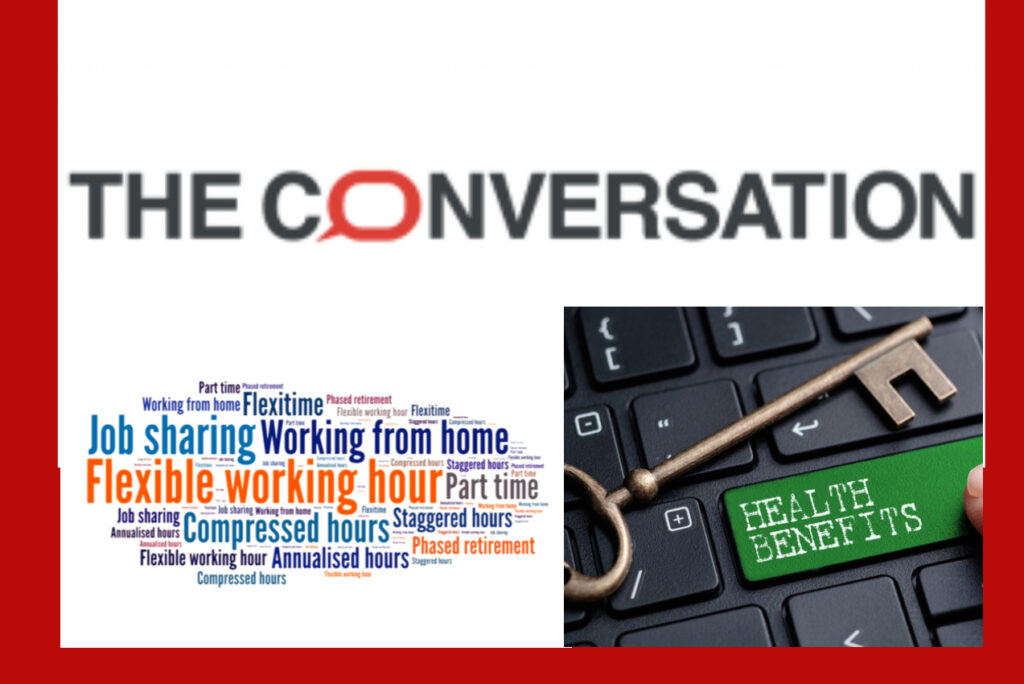
In this article, we present some of the pros and cons related to working from home long-term. Due to the coronavirus pandemic, many workers working from home and remote locations may not realize the health benefits and costs associated with new working ways. We include actionable steps.
**This article has been covered at several outlets and read by over 70,000 people

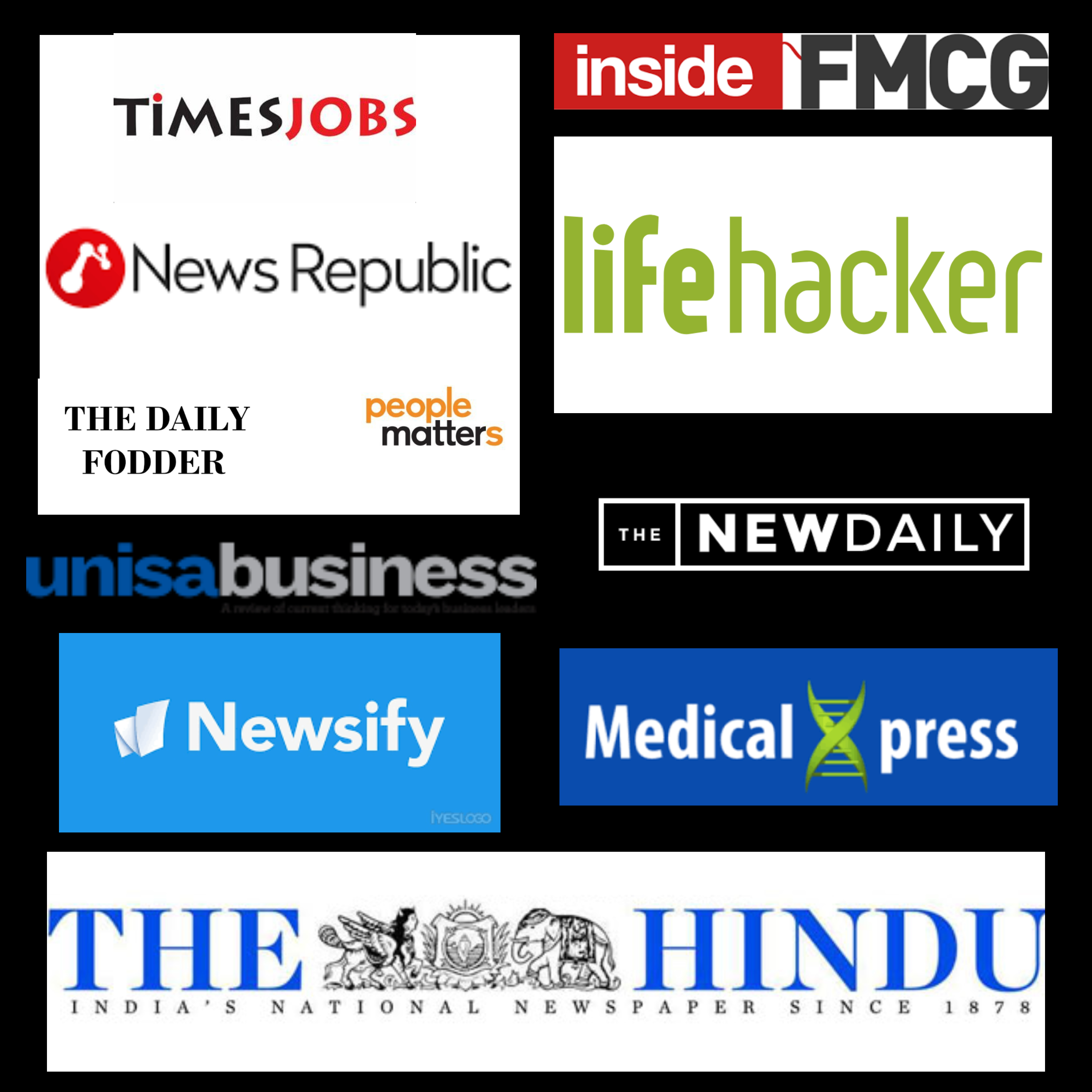
The News Daily; Life Hacker, Channel News Asia, Scoll.in, Flipboard, NewsBlur, Innerself, Architecture and Design,
Six strategies to juggle work and young kids at home
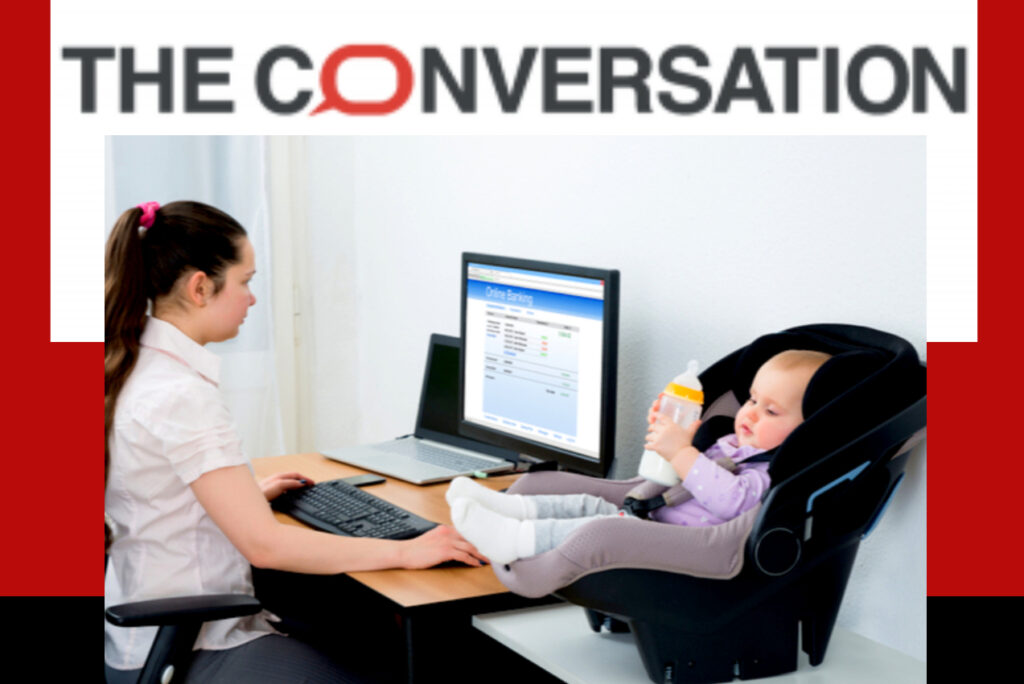
Practical strategies for parents to survive working from home with caring for kids. Tips include how to plan, establish boundaries, be flexible, and have time for yourself.
**This article has been covered at several outlets and read by over 25,000 people.
Business Daily Media; The Sydney Morning Herald, Inside FMCG, IOL, Innerself
Work-life balance is more than family-n-work: Customize policies account for multiple life domains
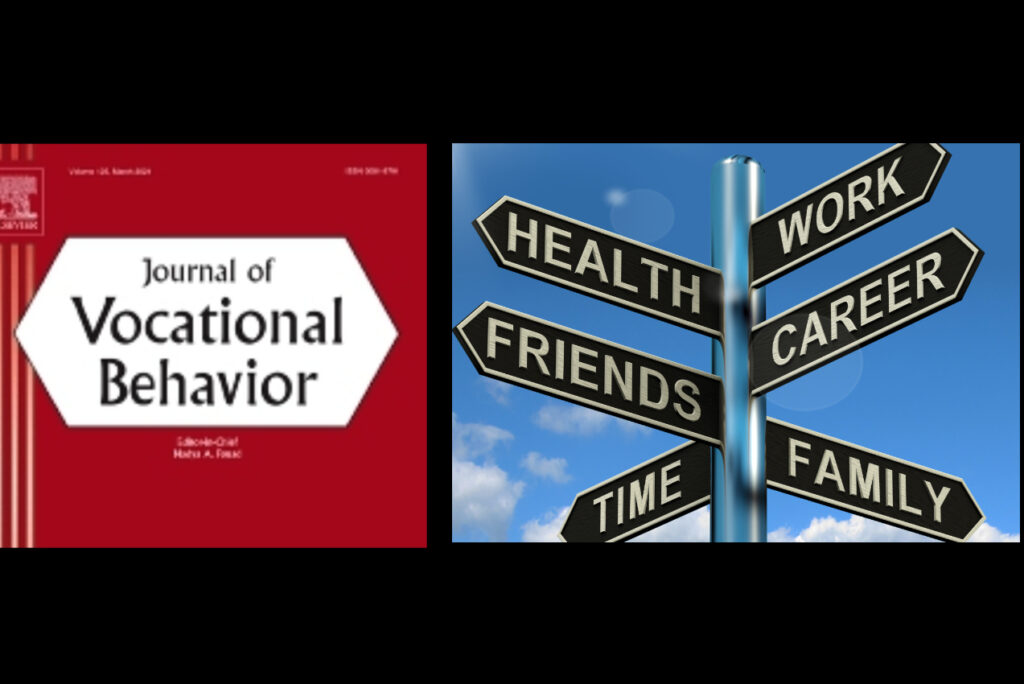
Work and Family are domains of life. To understand how different domains of life interfere with or enhance each other, in this work, we discuss the need to map work-life interference across domains and how we can develop customized workplace programs and policies to address different domains.
How to be alone without being lonely

How to combat loneliness even when you are alone. Studies show that loneliness can lead to feelings of anxiety and depression. In this article, I help you recognize feelings or signs of loneliness and explain some ways in which you can combat loneliness while quarantined at home.
Worker expectation for greater flexibility when returning to the office
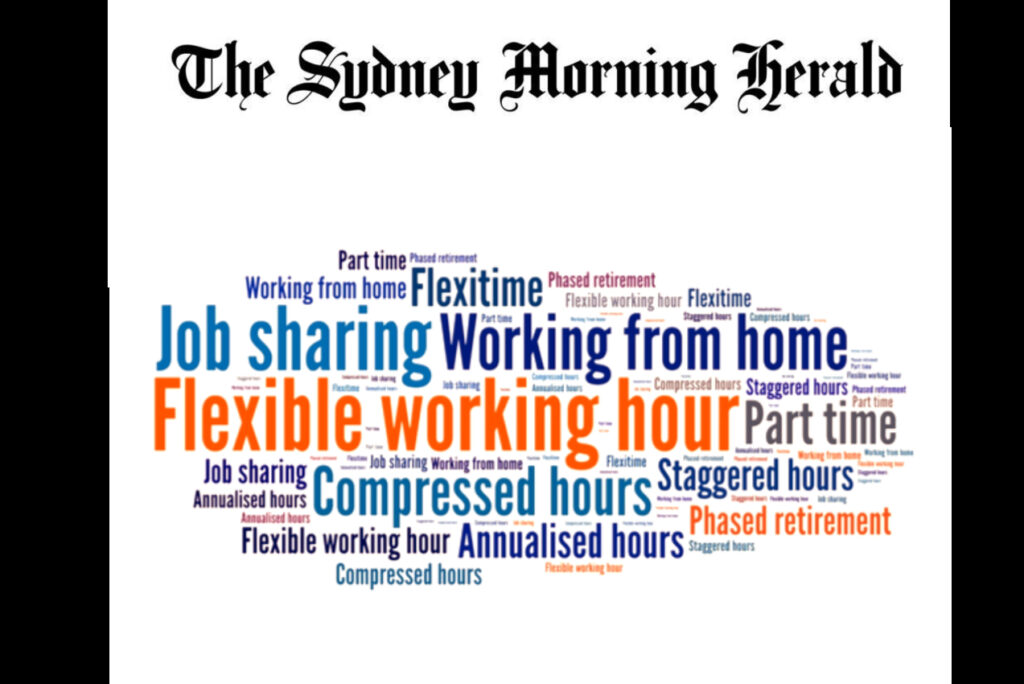
How companies’ need to prepare for employees wanting more flexibility after working remotely due to coronavirus pandemic.
Enabling Flex-work through Collaboration between HR and IT

The current ‘sandwich’ generation is looking for flexible work to care for their children and their aging parents. For companies to adopt flexible work, HR departments will need to identify jobs that can be conducted independently and those that need to be undertaken collaboratively and design with IT departments the appropriate processes for checking work done using Flexi-work mechanisms.
Leading and Managing Teams
How Can We Share Leadership Without Creating Interpersonal Conflicts in Teams? The Role of Power Base Diversity.

Sharing leadership in a team of peers at work can be challenging. Especially when boundaries and zones of influence are ambiguous. In this recently published paper, we show when shared leadership could increase vs decrease interpersonal frictions/conflicts among team members.
How to build trust in team – when you are new member and working remotely?
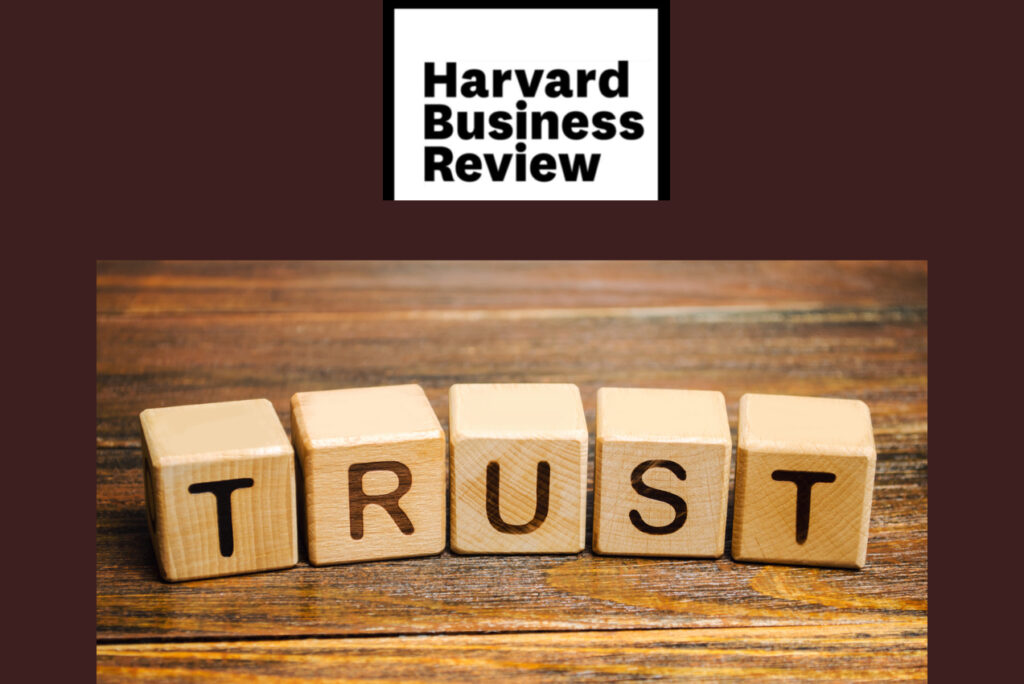
How can we build trust when we are working remotely. Here are three of the most readable indicators of trust. You can display them whether you are in-person or remote and also look for them in your team members to determine whether or not you can trust them back. To read more on trust, you can find insights in an article in the Business UniSA Magazine.
How asymmetry in conflict perceptions influences performance? Members in teams do not see disagreement in the same way.

In this work, we show that when in teams a few team members perceive task disagreement while a majority of others perceive low levels of task disagreement there is more reflection and deliberation on ideas and thus higher performance.
This article has been covered in media outlets and follow up discussion on voice can be found here:
Dealing with the ‘Devil’s Advocate’ in your team This article examines the role of the ‘Devil’s advocate’ within a team. According to research, a person (or group of people) with a different opinion and who can communicate that in a sensitive way can help teams perform better.
Link to the article – https://bit.ly/3t7EICZ
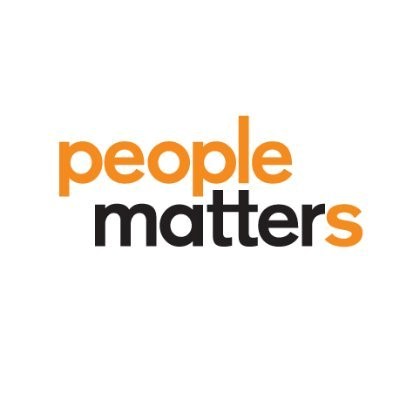
Dissension can be useful to successful teamwork: This piece discusses how having someone a group of people with diverse opinions in a team can improve teams’ outcomes.
Link to the Article – https://bit.ly/3s6ELO4

Voice in Team Meetings: Quantity is less important – what matters is deliberation

Voice, or the expression of work-related suggestions or opinions, can help teams access and utilize members’ privately held knowledge and skills and improve collective outcomes. In this research we show how encouraging voice can have positive outcomes for teams. We highlight how voice centralization is likely to have negative effects when it occurs around members who are more socially dominant or are less reflective.
Need to bring out the diversity of perspectives within teams
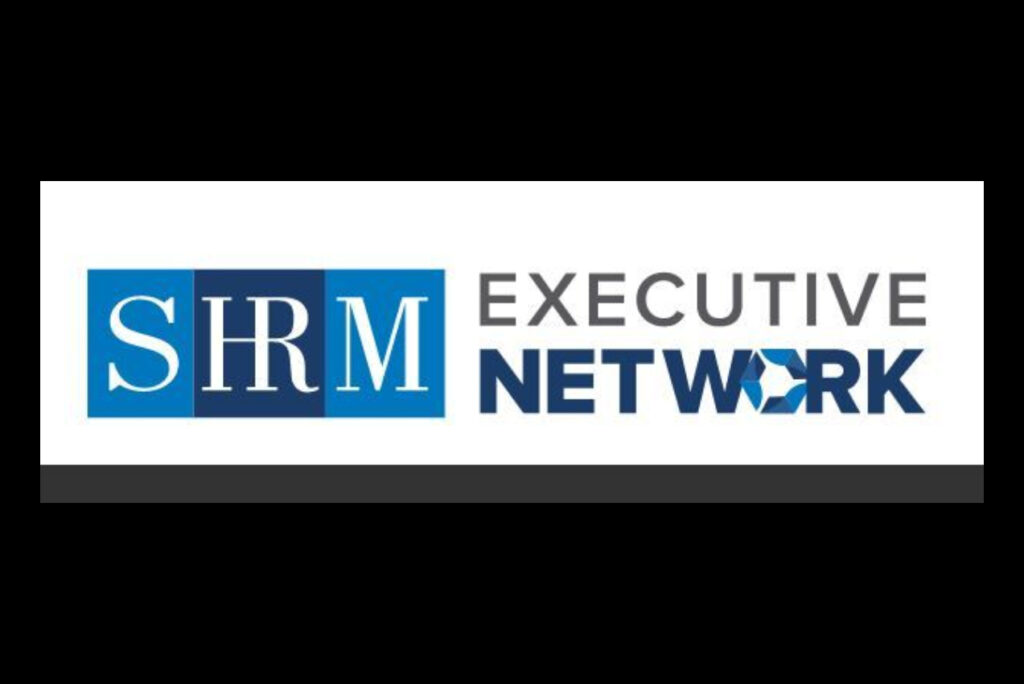
Leaders should also encourage reflective members to speak up and reduce the influence of dominant members in meetings to help draw out the diversity of opinions and perspectives within teams.
Shared hardships among members can make power dynamics more egalitarian in teams

When there are rank differences among members in a team, voice and learning is negatively affected as power and hierarchy salience makes it difficult for people to speak up. In this work, we show how shared hardships experienced by the team (we studied Military teams) as a whole, can removes some of these concerns and create more equality in participation and interactions.
Brain to Brain Synchrony and Shared Knowledge Structures in Teams
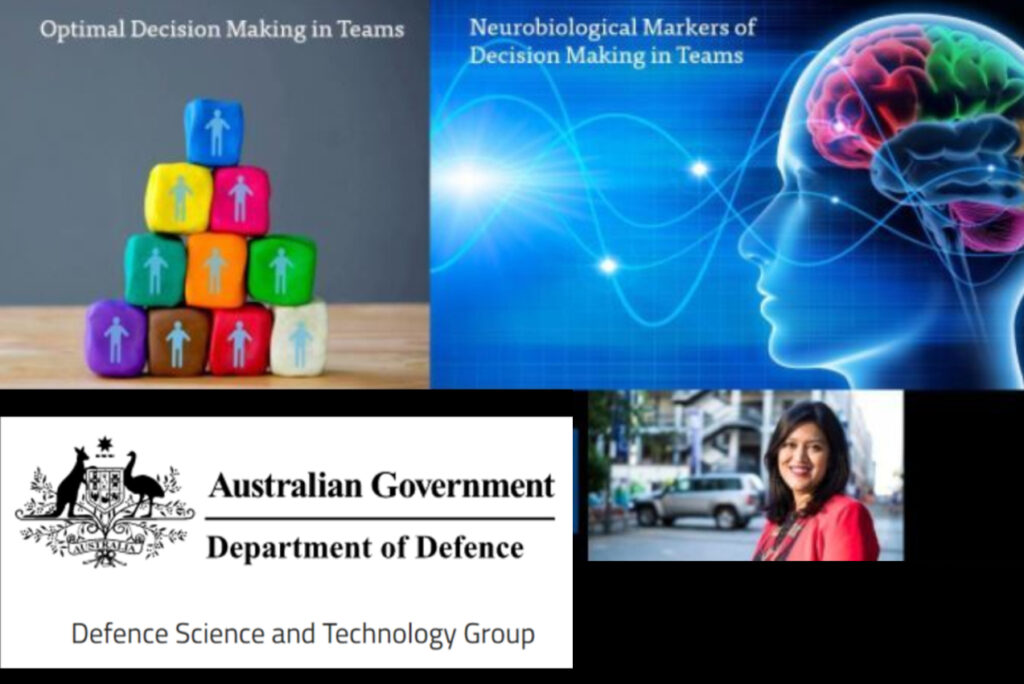
In this ongoing research, we are exploring how EEG brain activity is linked to situational awareness and decision-making performance for individuals and for teams. In this chapter we provide an overview of how we can combine neuroscience and psychology to develop a deeper understanding of shared cognition and knowledge structures among team members.
Professional & Leadership Development
To understand another person: Role of Perspective taking and Empathy in Forgiveness

Ruchi’s PhD thesis explores how we react to betrayal in relationships and how we come to understand the motives of the other through their actions and word. In her thesis she also explored the role of perspective taking and empathy in facilitating understanding and forgiveness
How to deal with a jealous manager?
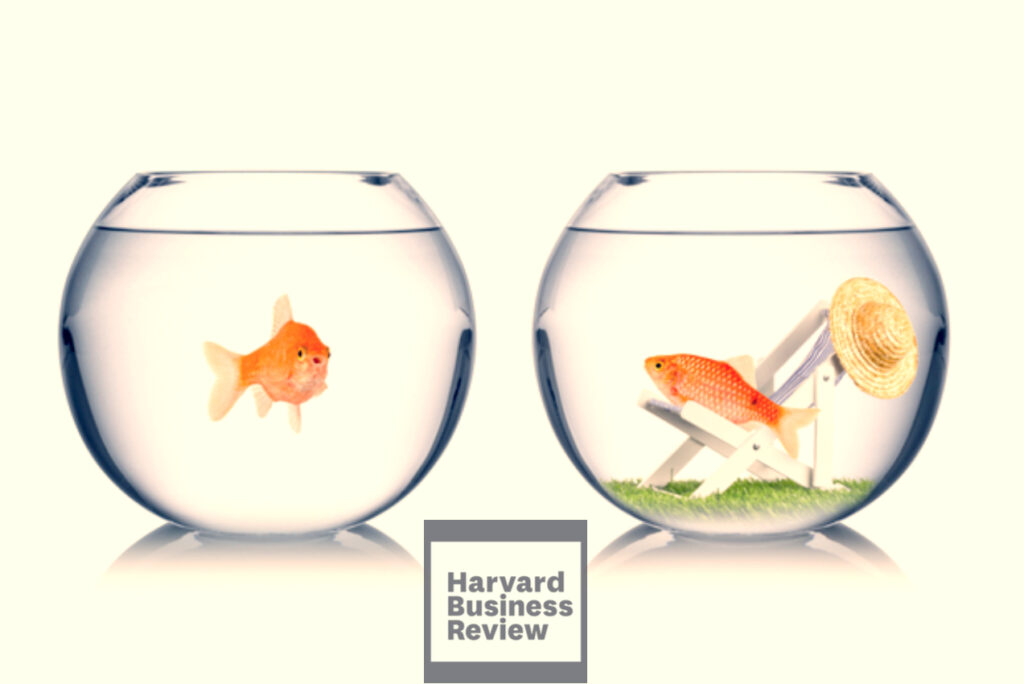
Advice on how to deal with a manager who might be jealous of your success. Tips on identifying the underlying causes of jealousy and the different ways to respond to your manager’s negative actions.
The ripple effects of favoritism in the workplace

Favouritism at work can destroy trust in organizations and leaders. Fundamentally, favouritism shows a disregard for competence and attributes such as dependability and reliability – all of which are signals of trust – while favouring personal friendships and instrumental reciprocity.”
Attitudinal predictors of relative reliance on human vs. automated advisors
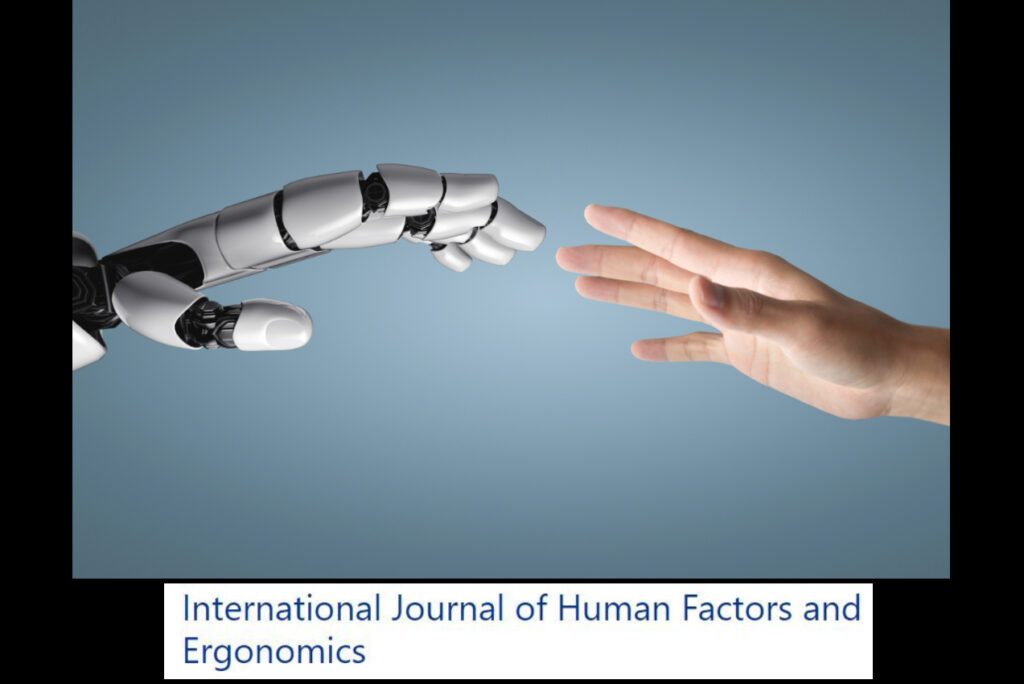
Today we rely on many automated decision advisors and aids (e.g. AI advice, Algorithms, analytic tools etc). In this work, I explore how we develop trust in automated aids and whether trust and liking between humans and between human and machines works in the same way.
Diversity: Selection-Training-Development
Six quick switches to enable gender equality at work
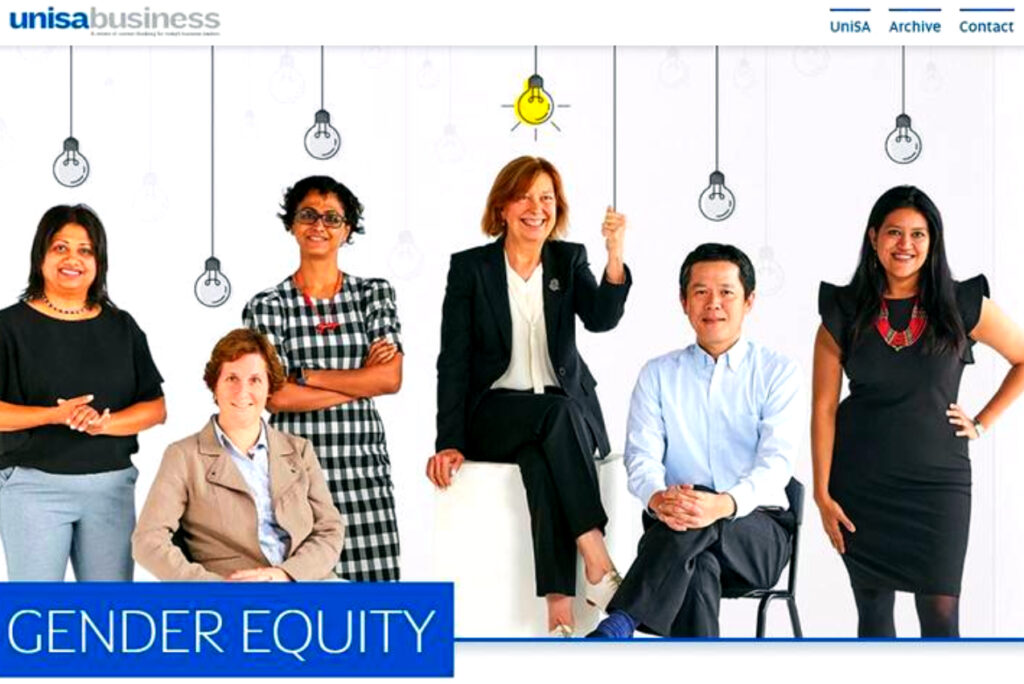
This article presents advice on how companies can facilitate and increase gender diversity by adopting different approaches to hiring, tackling stereotypes, developing networks, and other issues.
Diversity and inequality at work lies in the levels and ranks

This article presents evidence from our analysis of a custom data set from the Australian Bureau of Statistics Census – 2011-2016 data for Film, TV and Radio sectors. The results show at a macro level there seems to be equality but when you dig into the designations and roles – gender inequality becomes obvious. Men hold more secure gatekeeping positions than women.
Performance criterion at work can impact who gets discriminated during selection

In this work, I examine how using a multidimensional battery of selection tools and how we weight these results impacts the diversity of candidates who are selected. When selection tools include non-standardized cognitive ability measures and the weights are based on firm values – there is more diversity in our selection decisions.
Select for Situational judgement: It matters as much as cognitive intelligence

Cognitive ability and intelligence measures predict individual performance, but we need to also select on other factors such as Social Responsibility, Citizenship, Perseverance, Ethics, Adaptability and Appreciation for Diversity. In this work, we show how the inclusion of these in selection processes to assess an applicant’s situational judgment can help predict future performance and success.
Learn how to make your assessment tools more reliable and valid for selection

When organizations use psychometric tools and other selection tests, they need to invest time to validate those tools on their own sample of workers. Good selection is based on valid and reliable tools and validity is context contingent. In this work, we describe the different ways in which we can validate the tests, tools and evaluation processes we use in firms.
What competencies are needed to provide constructive feedback?

In this article, we provide a competency framework for giving constructive written feedback. When you are evaluating the work of others, it is critical to be constructive and developmental in your feedback. In this work, you can find insights on how to provide supportive and developmental feedback.